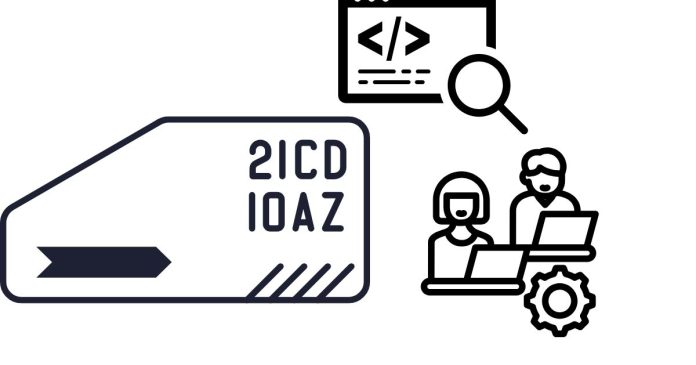The term “alphanumeric” refers to a combination of letters and numbers. It is widely used in various fields, including computer science, programming, data entry, and telecommunications, to represent data or create identifiers, passwords, or codes that incorporate both alphabetical characters (A-Z, a-z) and numeric digits (0-9). Sometimes, special characters or symbols may also be included depending on the context, but the core definition focuses on letters and numbers.
This article explains the meaning of alphanumeric, its uses, and examples, highlighting its importance in different applications.
Definition of Alphanumeric
The word “alphanumeric” is derived from the combination of two terms:
- Alpha: Refers to the alphabet (A-Z and a-z).
- Numeric: Refers to numbers (0-9).
An alphanumeric string, therefore, contains both letters (uppercase or lowercase) and numbers. For example:
- Examples: “abc123”, “A1B2C3”, “Code2025”.
In some contexts, alphanumeric characters may also include special characters, such as @, #, or *, but these are typically not considered part of the strict alphanumeric definition.
Examples of Alphanumeric Characters
- Alphabetical characters: A, B, C, …, Z (uppercase), and a, b, c, …, z (lowercase).
- Numeric characters: 0, 1, 2, …, 9.
- Alphanumeric combinations: “H3llo”, “P@ssw0rd”, “User123”.
Uses of Alphanumeric Strings
Alphanumeric characters are widely used in various industries and applications. Below are some of the most common examples:
1. Passwords and Security
- Alphanumeric combinations are used to create strong and secure passwords.
- Example: A password like “P@ssw0rd123” is more secure than “password123” due to the use of both letters and numbers (and sometimes symbols).
2. Usernames and Identifiers
- Usernames, IDs, or product codes often include alphanumeric characters for uniqueness.
- Example: “User45” or “Prod567ABC”.
3. Programming and Databases
- Alphanumeric strings are used in variables, table names, and data storage.
- Example: “empID123” might represent an employee ID in a database.
4. Serial Numbers and Product Keys
- Products, such as software, electronics, and appliances, use alphanumeric serial numbers for identification.
- Example: “AB1234CD567”.
5. Vehicle Registration Numbers
- License plates often include a mix of letters and numbers.
- Example: “KA-01-AB-1234”.
Importance of Alphanumeric Characters
Alphanumeric characters play a critical role in systems where differentiation and security are required. Here’s why they are important:
- Uniqueness: The combination of letters and numbers allows for creating unique identifiers, such as user IDs, passwords, and product codes.
- Flexibility: Alphanumeric formats allow for greater flexibility and combinations compared to numeric-only formats.
- Security: In passwords, the inclusion of letters and numbers enhances security by increasing complexity.
How Alphanumeric is Used in Validation
In software applications, alphanumeric validation ensures that user inputs contain only permitted characters (letters and numbers). For instance:
- Login forms: Validate usernames and passwords to include specific alphanumeric criteria.
- Input fields: Ensure that alphanumeric strings meet the required format.
Example of Alphanumeric Validation in JavaScript:
function isAlphanumeric(input) {
const pattern = /^[a-zA-Z0-9]+$/;
return pattern.test(input);
}console.log(isAlphanumeric(“Hello@2023”)); // Output: false (contains special character ‘@’)
Alphanumeric refers to a combination of letters and numbers, with or without special characters, depending on the context. Its versatility makes it an essential part of computer systems, databases, programming, and everyday applications like passwords and identifiers. Understanding its meaning and usage helps in creating secure, flexible, and efficient systems in both professional and personal contexts.


